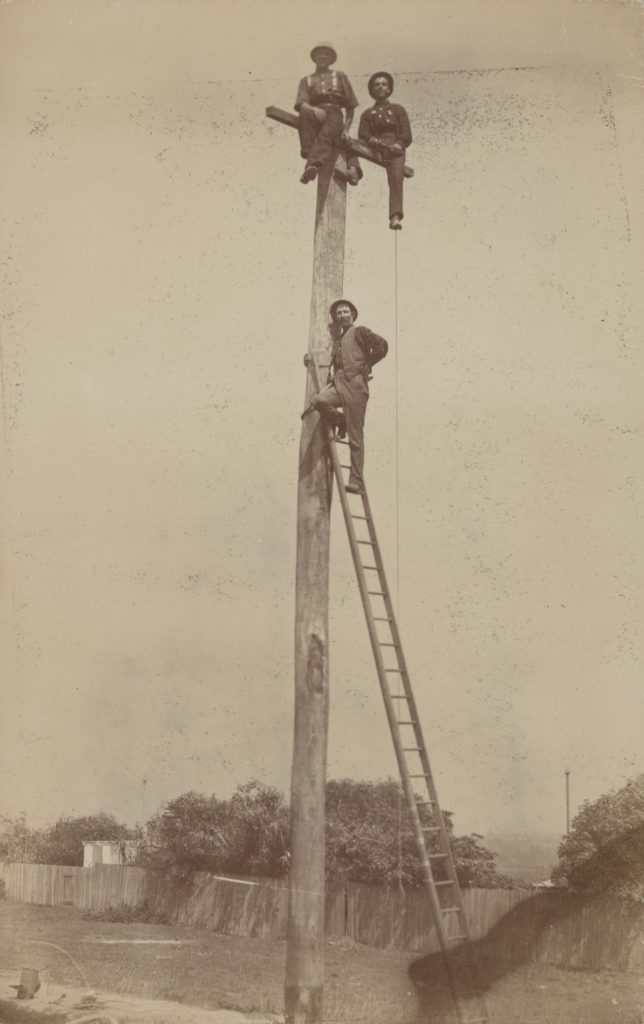
The word ‘connection’ comes from the Latin conexio (connection, concatenation, deduction), a noun derived from the verb conecto (to join, join, involve). The latter is the result of the composition of the verb necto (to bind, join, bind) with the prefix con-, used to indicate a being or bringing together different objects. Necato would finally be linked to the Proto-Indo-European root *ned-, which expresses the idea of uniting, binding.
In Italian, the word ‘connection’ expresses the close union between two or more things. It should perhaps be emphasised that this closeness is, in most cases, metaphorical or figurative, i.e. that the entities in question are not close in space, but rather bound together by ties of various symbolic or otherwise intangible nature. It is also interesting to note that ‘connection’ indicates both the state of two or more entities joined together in some way, and the bond that holds them together. Plurality of entities but singularity of relationship, bond but spatial distance, state and means by which this occurs: these are perhaps the main characteristics of connection.
Connection, when well exploited, allows the construction of a third space between the two (or more) individualities involved. This place is third insofar as it accommodates distant entities in a relationship of commonality and constitutes the backdrop for an intersubjective dynamic where the identity of the individual is annulled in favour of a dialectical relationship between the parts: the I and the you are annulled in favour of a polyvalent we. Thus the connection brings us all closer together while keeping us distant, shortening the distance by placing us in a middle state between presence and absence: two autonomous entities, different, two points of view, distant in space but united.
Recent years have shown us that, on the one hand, virtual connection is a valid substitute for presence when there are no other options, but, on the other, the ambiguous space of the network cannot be an absolute substitute for presence. In fact, in telecommunication, the subtraction of the body cancels the component of proxemics, i.e. the meaning of gestures, which if translated into words loses spontaneity.
Telemedicine has experienced a boom in recent years and still occupies a prime place in the NRP. A very useful tool in certain cases, it nevertheless conceals problems that are perhaps not always adequately explored. Depersonalisation and invasiveness of the patient’s private space are, to give an example, two such aspects. On the other hand, from the physician’s point of view, the necessary translation into verbal language of all the non-verbal components of speech drastically slows down the procedure and requires exponentially more care and attention from the physician than a regular face-to-face visit.
Please leave us a word for your feeling of ‘connection’.
